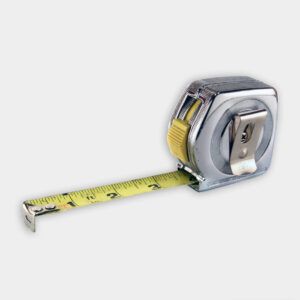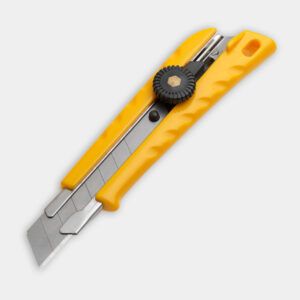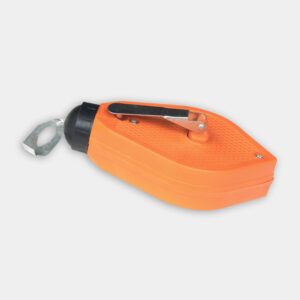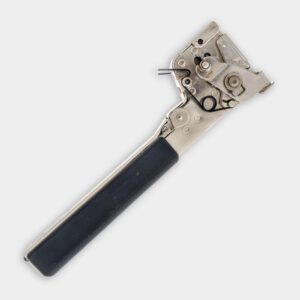We may be compensated if you purchase through links on our website. Our team is committed to delivering honest, objective, and independent reviews on home products and services.
Reshingling your roof improves your home’s look, adds protection, and improves energy efficiency for a safe and comfortable living environment. This can be an intimidating project for a DIYer, but with careful planning and the right tools and knowledge, it’s a moderately difficult project. Remember, if you’re unsure about any aspect of the process, it’s always best to consult with or hire a professional roofer. This Old House general contractor Tom Silva walks you through the step-by-step process of reshingling a roof.
Signs It’s Time to Reshingle
A well-maintained roof can last for 15–20 years, but eventually, it will need replacement. A new roof can be expensive. Look out for these indicators to determine if your roof needs reshingling to prevent further damage:
- Curling or missing shingles
- Granules in the gutters
- Daylight visible through roof boards
- Sagging roof deck
- Water stains on interior ceilings or walls
Essential Tools and Materials to Reshingle a Roof
To reshingle a roof effectively, you’ll need the following:
- Chalk line
- Galvanized drip edge
- Hammer stapler
- Hammer
- Pitchfork
- Pneumatic nailer
- Roofing nails
- Roofing shingles
- Tape measure
- Utility knife
- 30-pound felt underlayment
Safety Considerations When Reshingling
Roofing can be dangerous work, but proper safety measures can prevent accidents and make sure the project progresses smoothly. Here are some safety tips below:
- Using a sturdy ladder
- Wearing non-slip shoes
- Using a safety harness
- Working with a partner
- Avoiding roof work in wet or windy conditions
Steps for Reshingling Your Roof
1. Remove Old Shingles
The first step in reshingling is to remove the old shingles. Here’s how to do it:
- Pry off old roof shingles with a pitchfork. We recommend you use a four-prong pitchfork for this task.
- Slide the pitchfork under the shingles, keeping it flat to avoid damaging the sheathing. Push up and down to pry the shingles off the roof.
- Work in sections, removing all old shingles and nails.
2. Inspect and Prepare the Roof Deck
Once the old shingles are removed, inspect and prepare the roof deck:
- Nail down any loose roof sheathing to the rafters for a solid foundation.
- Check for any damaged or rotted sheathing and replace as necessary.
3. Install Underlayment and Drip Edge
The next step is to install the underlayment and drip edge:
- Cover the roof deck with 30-pound felt underlayment; staple felt every 6 to 8 inches.
- Install the galvanized drip edge along the lower edge of the roof, nailing it in place to divert water away from the roof edges.
4. Lay the Starter Course
The starter course will ensure proper water shedding. Here’s how to install it:
- Snap a vertical chalk line down the center of the roof.
- Trim tabs off roof shingles to create a starter course.
- Center starter course on the roof’s centerline; allow the shingles to overhang drip-edge by ¼ inch, then nail them in place.
5. Install the Shingles
With the starter course in place, you can begin installing the main shingles:
- Snap a horizontal chalk line across the roof so the first course overhangs the starter course by ¼ inch.
- Lay the first course of shingles, aligning the top edge with the first horizontal chalk line, and nail them down.
- Snap horizontal layout lines every 5 inches all the way up the roof.
- Snap vertical layout lines every 6 inches across the roof.
- Continue laying roof shingles, aligning the top edges with the horizontal chalk lines and the ends with the vertical chalk lines to create the proper 6-inch offset between courses.
- Secure each shingle with four nails.
6. Finishing Touches
- Trim the shingles at the ridge and ends of the roof for a clean finish.
- Cut 12×12-inch ridge-cap shingles from standard roof shingles.
- Center each ridge-cap shingle over the ridge and attach with two nails.
Cleaning Up the Reshingling Job Site
After completing the installation of shingles, gather all waste, including old shingles and nails. Asphalt shingles can often be recycled, so you’ll want to separate these. Contact your local waste management company to learn how to properly dispose of old roofing materials.
Sweep the ground around the house to collect missed nails or other materials using a magnetic tool. Cover any open areas temporarily if you expect rain or bad weather before the work is fully complete.
Common Roof Reshinging Mistakes To Avoid
When reshingling a roof, be aware of these common pitfalls:
- Inadequate ventilation: Proper attic ventilation is crucial for the longevity of your roof.
- Incorrect nail placement: Nails placed too high or low can lead to shingle failure. Make sure you’re using the correct length of nails and the right number of nails per shingle.
- Neglecting underlayment: Skipping or improperly installing underlayment can lead to leaks.
- Not getting a permit: If you are replacing your whole roof, you may need to get a permit first. Check your local laws before you start your project.
Tips for a Professional-Looking Shingle Finish
To ensure your reshingled roof looks its best and functions properly, consider these tips:
- Maintain consistent reveal: Keep the exposed portion of each shingle (the reveal) consistent for a uniform appearance.
- Stagger the seams: Ensure the seams between shingles don’t line up from one course to the next to prevent water infiltration.
- Use proper nailing technique: Place nails in the nailing strip of each shingle, about 1 inch above the cutouts.







